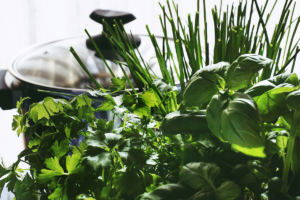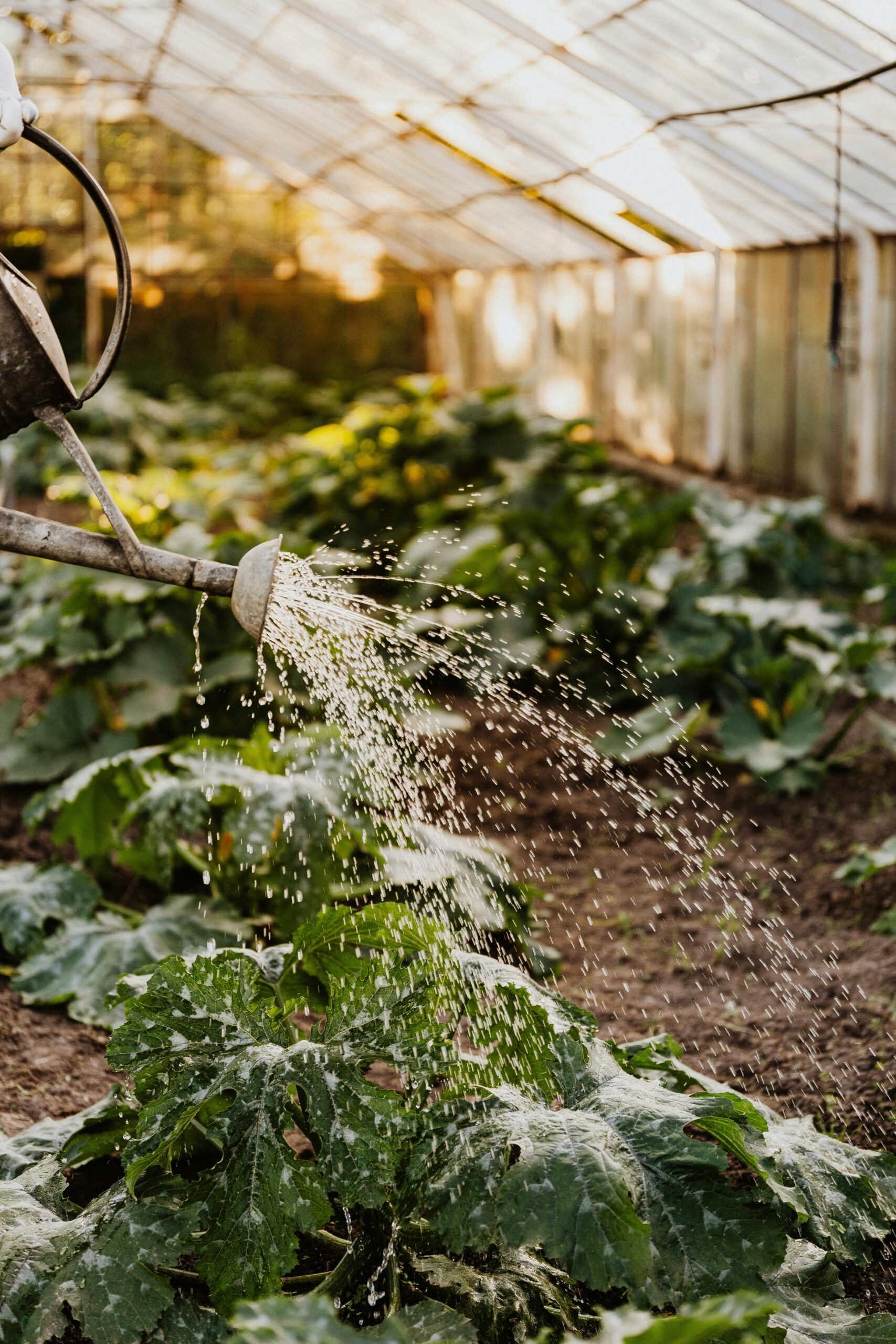Companion planting is an age-old gardening technique that involves planting certain crops together to enhance growth, deter pests, and improve yield. This natural method taps into the symbiotic relationships between plants, helping you create a healthier, more productive garden. Whether you’re a novice gardener or an experienced green thumb, understanding companion planting can transform your gardening experience. Let’s dive into the essentials of companion planting and how it can benefit your vegetable garden.
What is Companion Planting?
Companion planting is the practice of growing different plants in proximity for mutual benefit. This technique leverages the natural properties of plants to create a harmonious and sustainable garden environment. Some plants provide shade or act as natural pest repellents, while others improve soil fertility or support beneficial insects.
Benefits of Companion Planting
- Pest Control: Certain plants repel harmful insects or attract beneficial predators. For example, marigolds emit a scent that deters nematodes and other pests.
- Improved Soil Health: Legumes like beans and peas fix nitrogen in the soil, enriching it for other plants.
- Enhanced Growth: Some plant combinations can boost growth and yield. For instance, basil is known to enhance the flavor and growth of tomatoes.
- Efficient Space Use: Companion planting allows you to maximize garden space by using plants with different growth habits.

Popular Companion Planting Combinations
- Tomatoes and Basil:
- Why It Works: Basil repels insects like aphids, mosquitoes, and tomato hornworms. It also improves the flavor and growth of tomatoes.
- Planting Tips: Plant basil around the base of tomato plants, ensuring they get enough sunlight and air circulation.
- Carrots and Onions:
- Why It Works: Onions repel carrot flies, while carrots help to break up the soil for onions.
- Planting Tips: Interplant rows of carrots and onions, keeping them well-spaced to allow for bulb development.
- Corn, Beans, and Squash (The Three Sisters):
- Why It Works: Corn provides a natural trellis for beans. Beans fix nitrogen in the soil, benefiting corn and squash. Squash covers the ground, reducing weeds and maintaining soil moisture.
- Planting Tips: Plant corn first, allowing it to grow a few inches. Then plant beans around the corn and squash at the base.
- Cabbage and Dill:
- Why It Works: Dill attracts beneficial insects that prey on cabbage pests and improves the growth of cabbage.
- Planting Tips: Plant dill among cabbage plants, ensuring it doesn’t overshadow the cabbage.
- Lettuce and Radishes:
- Why It Works: Radishes mature quickly and can be harvested before lettuce needs more space. Lettuce provides shade for radishes, keeping them cool.
- Planting Tips: Sow radish seeds between rows of lettuce for a quick and productive harvest.

Companion Planting Tips
- Research Plant Relationships: Not all plants get along. Research which plants are beneficial companions and which should be kept apart.
- Rotate Crops: Rotate your crops each season to prevent soil depletion and reduce the risk of pests and diseases.
- Use Herbs and Flowers: Incorporate herbs and flowers like marigolds, nasturtiums, and chives to repel pests and attract beneficial insects.
- Observe and Adjust: Every garden is unique. Observe how your plants interact and adjust your planting strategy accordingly.
Common Companion Planting Mistakes
- Overcrowding: Planting too closely can lead to competition for resources and increased risk of disease.
- Ignoring Soil Needs: Different plants have different soil requirements. Ensure your companions have compatible soil preferences.
- Neglecting Sunlight: Make sure all plants receive adequate sunlight. Taller plants can shade shorter ones, so plan your layout accordingly.

Conclusion
Companion planting is a powerful tool for creating a healthy, productive vegetable garden. By understanding the relationships between plants and using them to your advantage, you can enhance growth, deter pests, and maximize your garden’s potential. Experiment with different combinations and observe the results in your garden. Happy planting!

